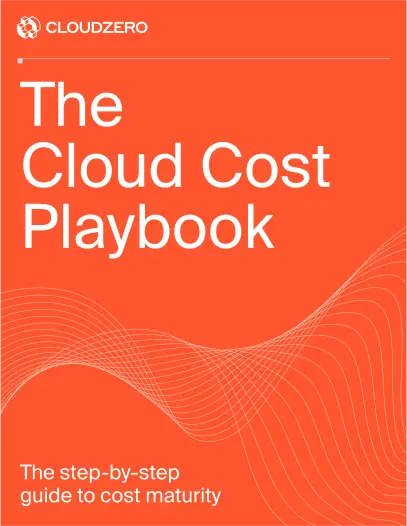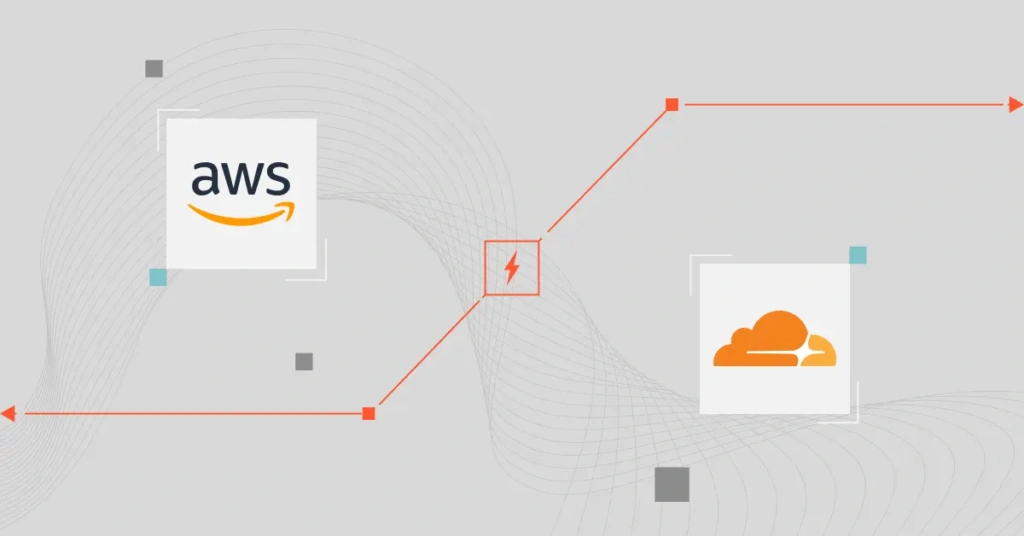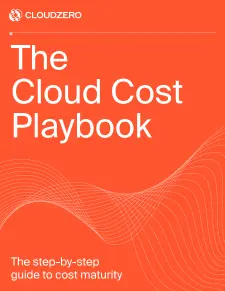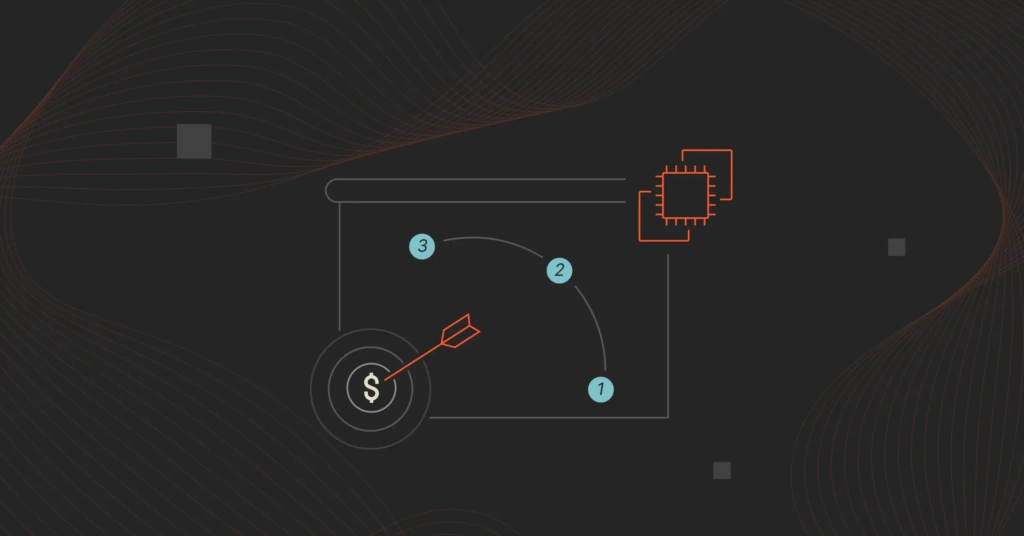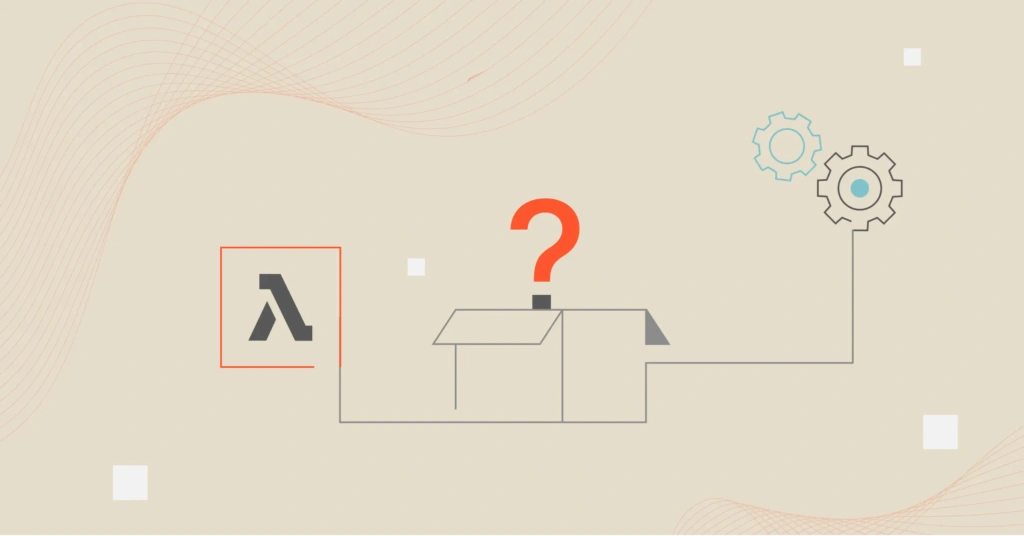AWS and Cloudflare often come up together when teams are building, securing, and scaling web applications. While they originally served different purposes, their offerings now overlap in key areas like content delivery (CloudFront vs. Cloudflare CDN), edge compute (Lambda@Edge vs. Workers), DNS and WAF, and API delivery.
In this guide, we’ll explore what each platform does best, when to use one over the other, and see if you can combine both for optimal speed, security, and cost efficiency.
Which Services Does AWS Offer?
AWS offers over 240 services across compute, storage, networking, AI/ML, and beyond. It’s the go-to platform for teams building full-stack cloud environments — whether infrastructure (IaaS), platforms (PaaS), or software (SaaS).
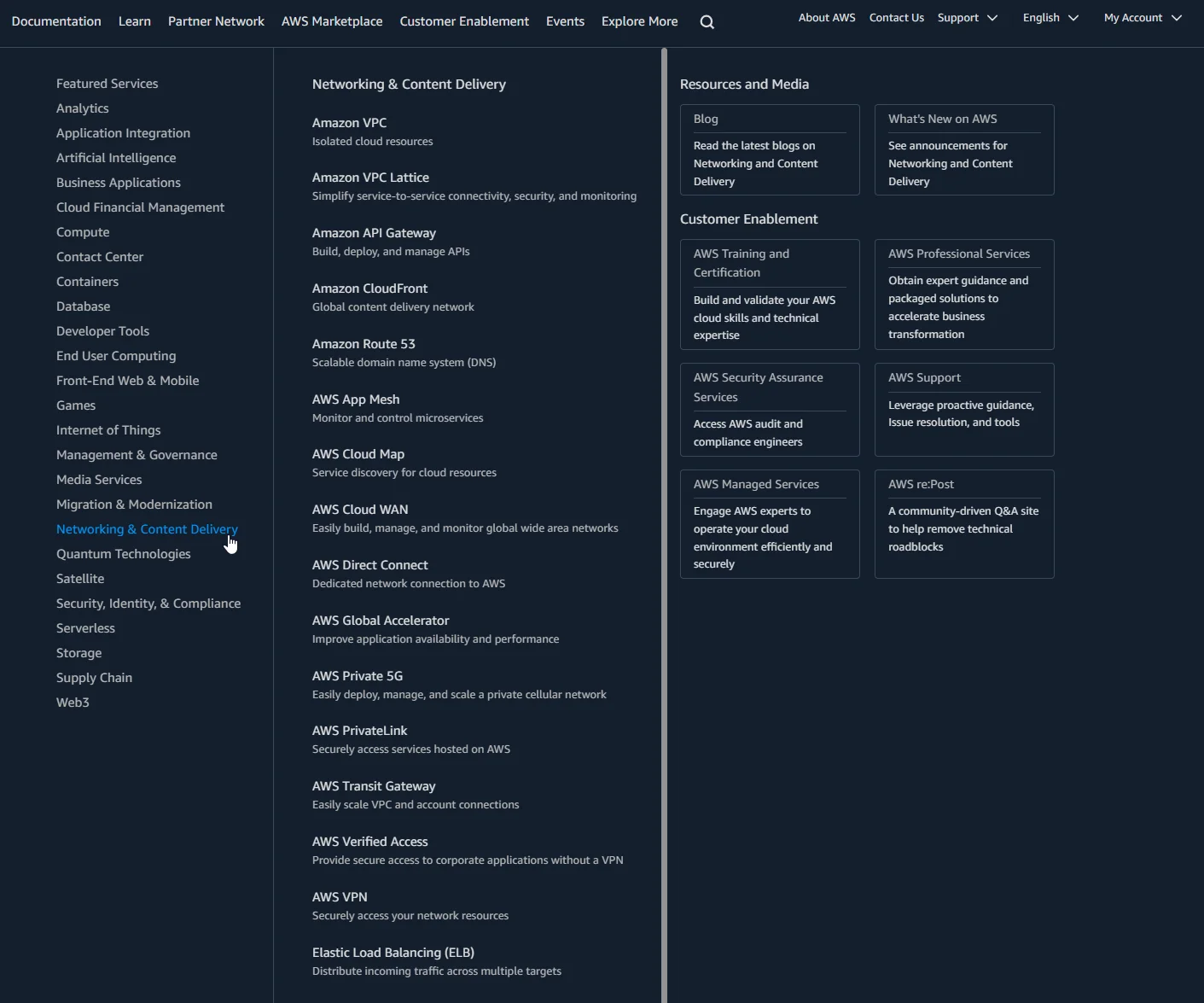
Here’s a quick overview of its core strengths:
- Compute: Services like Amazon EC2 (virtual machines), ECS (containers), and Lambda (serverless) power everything from batch jobs to real-time microservices.
- Networking: VPCs, load balancers, Route 53 (DNS), and CloudFront (CDN) offer full control over connectivity and delivery (Cloudflare’s home turf).
- Storage: Amazon S3, EBS, and Glacier support object, block, and archival storage at scale.
- Databases: Managed options for both relational (RDS, Aurora) and non-relational (DynamoDB, DocumentDB) dbs.
- Security: IAM, WAF, Shield, and Secrets Manager help enforce robust, centralized security.
- DevOps and monitoring: CloudWatch, CodePipeline, and CloudTrail support observability and automation.
- AI/ML: Tools like SageMaker, Rekognition, and Comprehend enable advanced use cases without provisioning infrastructure.
AWS also covers IoT, hybrid cloud, data lakes, analytics, and more, making it ideal for teams that need depth, scale, and control.
What Does Cloudflare Do?
Cloudflare began as a content delivery and DDoS protection platform, focused on accelerating and securing internet traffic at the edge.
But in recent years, it’s expanded into areas that traditionally belonged to AWS. These include edge compute (via Workers), object storage (R2), serverless hosting, API gateway services, and even developer-friendly databases like D1.

What sets Cloudflare apart is its edge-first architecture. Instead of routing traffic through centralized servers, it processes requests closer to users. This reduces latency and boosts performance.
The key capabilities to expect from Cloudflare are:
- CDN and caching: Cloudflare’s intelligent caching layer speeds up delivery and reduces origin server load.
- DDoS protection and WAF: Always-on security defends against volumetric attacks and malicious traffic.
- Cloudflare Workers: This is the serverless platform that runs lightweight compute functions at the edge (a.k.a. an AWS Lambda@Edge alternative).
- DNS and Zero Trust: One of the fastest DNS providers today, combined with identity-aware access control and secure networking tools.
- Object Storage (R2): This competes directly with AWS S3 but with no egress fees.
All these make Cloudflare especially well-suited for high-traffic websites, SaaS platforms, and APIs that demand fast, secure global delivery.
AWS Vs. Cloudflare: A Quick Overview
To help you make the right call, here’s a quick overview of the key differences between AWS and Cloudflare. Stick around because we’ll dig deeper in the next section.
Amazon Web Services (AWS) | Cloudflare | |
Core focus | Full-stack cloud service provider (CSP), including compute, storage, databases, AI/ML, serverless, and more | “Connectivity cloud” focused on web traffic performance, web app security, and edge computing |
Strengths | 240+ cloud services in one, pay-as-you-go pricing, global data center for scalability, global content delivery network (245+ countries), enterprise-ready architecture (IaaS, PaaS, SaaS) | Low-latency, global edge network, robust internet security built-in |
Edge services | CloudFront, Lambda@Edge | Workers, CDN, Cache Rules, Smart Routing |
DNS | Route 53 (highly available, integrated with the AWS ecosystem) | One of the fastest DNS resolvers globally, built-in DNS security |
Serverless | AWS Lambda, Fargate, Amazon EC2, ECS (Docker containers), EKS (managed Kubernetes) | Workers (edge), Durable Objects, lightweight compute at the edge |
Security | Identity and Access Management (IAM), AWS WAF, Shield, GuardDuty | WAF, DDoS protection, Zero Trust, Bot Management |
Data, databases, and cloud storage | Amazon S3 (object storage), EBS (block storage), RDS (relational db), DynamoDB (unrelational db), Aurora (managed db), Redshift (data warehouse) | R2 (object storage), KV Store, D1 (SQL DB beta) |
Ideal use cases | Backend-heavy apps, enterprise infrastructure, ML/AI workloads | Fast, secure, scalable web apps and APIs with a focus on edge-first delivery |
Pricing | Pay-as-you-go model | Tiered pricing |
Table: Side-by-side comparison of AWS vs. Cloudflare features
As promised, here’s a deeper dive to help you make a clear, confident choice.
How Do AWS And Cloudflare Services Compare?
If you’re an engineer, you’re likely comparing AWS vs. Cloudflare for performance, security, and developer experience. CTOs look at strategic fit, global scalability, and potential for vendor lock-in. And if you’re a CFO, it’s about total cost of ownership, long-term cost scalability, and financial risk.
Related read: Guide To Calculating TCO On AWS And Tools To Help
With that in mind, here are some areas of overlap you’ll want to compare.
1. Content Delivery Network (CDN): AWS CloudFront vs. Cloudflare CDN
AWS CloudFront supports dynamic routing within Amazon VPC using Border Gateway Protocol (BGP). This allows virtual appliances to advertise routes and automatically update VPC route tables. This enables fast adaptation to network changes and failover scenarios using BGP attributes and Bidirectional Forwarding Detection (BFD).
- CloudFront also benefits from AWS’s expansive infrastructure. It taps the 450+ edge locations, Local Zones, and Outposts. And that takes compute and delivery closer to end users — ideal for real-time, low-latency applications.
- AWS’s CloudFront is ideal for AWS-centric architectures. It offers seamless integration with other AWS services. However, Cloudflare CDN works with almost all cloud providers, preventing vendor lock-in.
Cloudflare CDN, meanwhile, operates a massive edge network spanning over 330 cities. It delivers content with ultra-low latency and bakes in DDoS protection, smart caching, and TLS security by default. Plus, its intuitive setup and developer-friendly tooling make it a go-to for teams seeking fast, secure delivery.
Also:
- Cloudflare’s Argo Smart Routing uses real-time network intelligence to route traffic along the fastest and most reliable paths across Cloudflare’s global edge, reducing latency and congestion.
- Cloudflare’s predictable pricing can be advantageous for budgeting, while CloudFront’s costs may vary based on usage and region.
2. Edge computing: AWS Lambda@Edge vs. Cloudflare Workers
AWS Lambda@Edge allows developers to run functions closer to end-users, reducing latency. It’s also tightly coupled with AWS services. And that provides a familiar environment when you already use AWS.
- Additionally, it offers broader language/runtime support and higher resource limits. This makes Lambda@Edge better suited for complex workloads that need to interact with AWS services.
- Lambda@Edge supports a broader range of languages (Node.js, C#, Python, Java, etc) and integrates deeply with AWS services.
Cloudflare Workers offers a lightweight, JavaScript-based serverless platform that runs at Cloudflare’s edge locations. It enables rapid execution of code with minimal latency. This makes it suitable for tasks like A/B testing, authentication, and API responses.
- Cloudflare Workers typically have faster (near-zero) cold start times due to their V8 isolate runtime. Lambda@Edge has a 2+ second latency, although it’s faster than standard Lambda.
- Cloudflare Workers can be more cost-effective for high-frequency, low-complexity tasks.
3. DNS services: Amazon Route 53 vs. Cloudflare DNS
Amazon Route 53 is a scalable, high-availability DNS service. It supports various routing policies (latency-based, geolocation, weighted, failover, and multi-value answer routing) and all standard DNS record types (A, AAAA, CNAME, MX, TXT, etc.) and DNSSEC.
It also offers DNS Firewall Advanced for real-time monitoring and blocking suspicious DNS traffic. That includes DNS tunneling and domain generation algorithms (DGAs).
Cloudflare DNS offers one of the fastest DNS resolution times globally. Also, expect built-in DDoS protection and DNSSEC. It’s also free for basic use. Plus, Cloudflare DNS also supports Instant DNS propagation, DNSSEC, Zero Trust policies, firewall rules, and rate limiting for DNS queries.
4. Web Application Firewall (WAF): AWS WAF vs. Cloudflare WAF
AWS WAF offers customizable rules (filtering HTTP/S requests based on IP, headers, URI, and body content). It integrates natively with AWS services like CloudFront, Application Load Balancer, and API Gateway.
You can also use its rate-based rules with customizable aggregation and time windows to detect and block bursts of malicious traffic.
AWS WAF also provides more granular control over web traffic, although that may require more manual configuration. That includes integrating real-time metrics and detailed logging via Amazon CloudWatch.
Cloudflare WAF comes with pre-configured rulesets, automatic updates, and is known for its ease of use. Moreover, it covers managed rulesets for OWASP Top 10, zero-day, and emerging threats.
Also expect bot management (behavioural analysis, fingerprinting, etc), deep API protection (business logic abuse detection, schema validation, etc), and DDoS protection by default.
Additionally, Cloudflare’s WAF features are included in its plans. However, AWS WAF costs can add up with additional rules and features.
5. AWS vs. Cloudflare pricing
The key pricing differences between AWS and Cloudflare show up in data egress, object storage, serverless function execution, and how their free tiers are structured.
- Data egress
AWS charges for outbound data transfer beyond a 100 GB/month free tier. In North America, for example, the first 10 TB is priced at $0.09 per GB, with lower rates at higher volumes. In contrast, Cloudflare offers zero egress fees for most services. That includes R2 object storage, making it a cost-effective choice for bandwidth-heavy workloads.
Related read: AWS Data Transfer Pricing Guide And How To Reduce Costs
- Object storage
Amazon S3 Standard costs $0.023/GB/month for the first 50 TB. Data retrieval and requests cost extra. See The No BS Guide To Understanding S3 Storage Costs here.
Cloudflare R2, by comparison, offers storage at $0.015/GB/month. Remember, R2 has no egress fees.
Related reads:
AWS Lambda pricing includes 400,000 GB-seconds and 1 million requests per month in the free tier. Beyond that, it costs $0.0000166667 per GB-second and $0.20 per additional million requests.
On the other hand, Cloudflare Workers has no egress fees. Paid plans start at $5/month, which includes 10 million requests. After that, it’s $0.30 per additional million—a simple, predictable pricing model for high-request workloads.
- Free Tier
AWS offers a 12-month free tier. It includes services like 5 GB of S3 storage and 1 million Lambda requests per month. When the free tier expires, standard charges apply.
Cloudflare provides a generous free tier with no time limit. It includes services like CDN, DNS, and DDoS protection. For example, Cloudflare Workers offers 100,000 requests per day for free.
When To Use AWS Vs. Cloudflare
By now, it’s clear that each platform has its strengths. And in many cases, the smartest approach isn’t choosing one over the other, but using both together.
Still, use AWS over Cloudflare when:
- You need deep backend infrastructure. AWS is ideal for hosting databases, building microservices, managing VPCs, or deploying machine learning workloads.
- You want control and customization. With over 200 services (even more instance types), AWS gives teams granular control over architecture, scaling policies, and security frameworks.
- You’re already invested in the AWS ecosystem. For teams using services like S3, EC2, RDS, or SageMaker, it often makes sense to extend capabilities within AWS for tighter integration and lower internal complexity.
When To Use Cloudflare Vs. AWS
Use Cloudflare when:
- You need to speed up web and API performance globally. Cloudflare’s edge network accelerates content delivery and reduces latency without needing complex backend changes.
- Security and DDoS protection are top priorities. Its always-on WAF, bot protection, and Zero Trust services are baked into the platform. No configuration gymnastics are required here.
- You want predictable costs. Cloudflare’s zero egress fees and clear pricing are attractive to teams and finance leaders looking to prevent surprise bills.
Use AWS And Cloudflare Together When:
Many modern teams combine AWS and Cloudflare to get the best of both worlds. A typical setup involves using AWS for backend infrastructure (databases, APIs, compute) and Cloudflare as a secure, high-performance delivery layer at the edge.
This hybrid model offers:
- Better user experience through edge caching and traffic acceleration
- Lower total cost of ownership via Cloudflare’s free/flat-rate services
- Granular cost visibility when paired with tools like CloudZero, which can map costs across both platforms to specific teams, features, or customers.
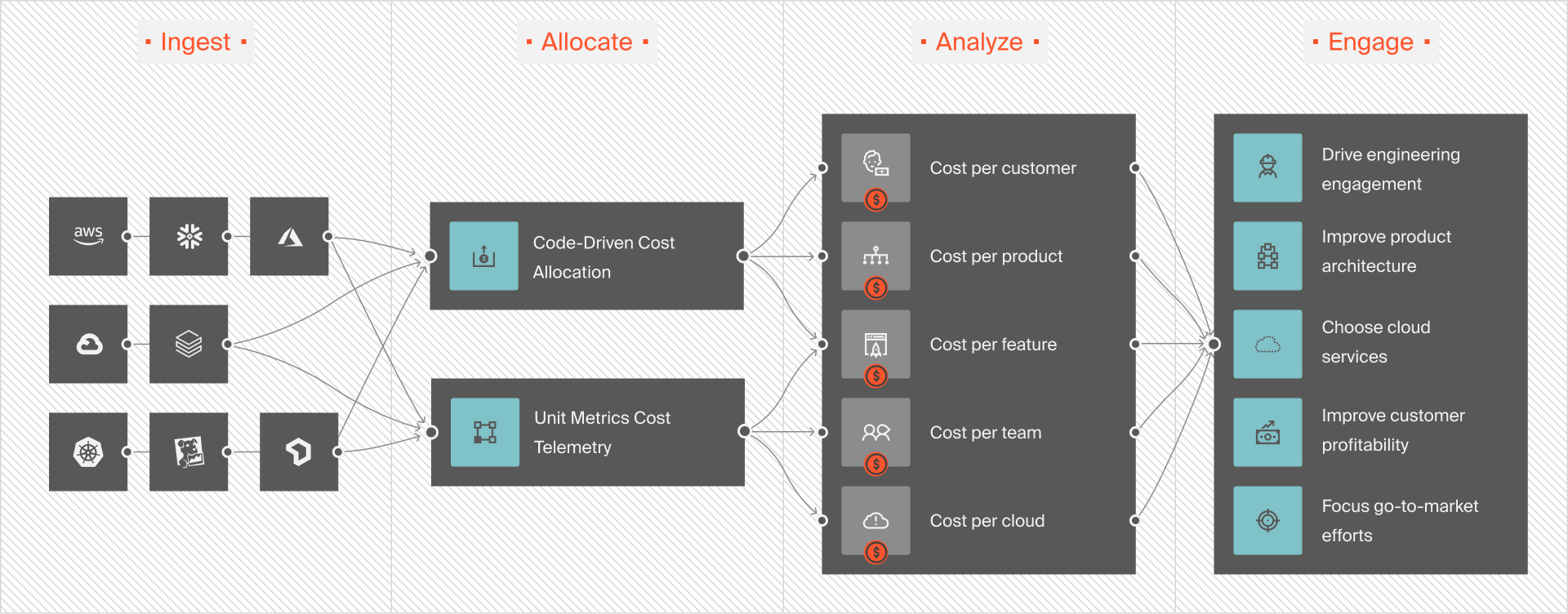
And speaking of…
Unify Cost Visibility Across Platforms With Clarity, Control, And Confidence
Whether you’re running core infrastructure on AWS, optimizing edge delivery with Cloudflare, or using both, cloud costs can quickly spiral. And they tend to become hard to connect to business value.
- AWS costs are often buried across services, accounts, and regions. Without strong tagging or cost attribution, it’s tough to know what’s driving spend.
- Cloudflare offers predictable pricing, but without the right lens, you can’t easily connect usage (e.g., Workers or R2) to specific features, products, or teams.
- Multi-platform environments make it even harder to see your total cost across the entire product lifecycle — from backend APIs to edge delivery and security.
CloudZero solves this
CloudZero gives your engineering, finance, and product teams a shared, business-aware view of your cloud spend — across AWS, Cloudflare, and beyond.
With CloudZero, you can:
- Track cost per customer, feature, deployment, or team — even across platforms like Kubernetes, Snowflake, and New Relic.
- Pinpoint usage spikes and their root cause. Then identify exactly where to cut waste without compromising performance, user experience, or engineering velocity.
- Unify cloud cost data in one source of truth that correlates AWS and Cloudflare usage in a single dashboard.
- Catch anomalies in real time before they spiral into budget issues with noise-free, contextual alerts.
CloudZero delivers more — the same powerful capabilities trusted by teams at Moody’s, Coinbase, and Expedia. And we recently helped Drift save over $2.5 million and Upstart slash $20 million from their cloud spend by making smarter, cost-intelligent decisions, no matter where their workloads run. You can, too. Risk-free.  to see how.
to see how.
